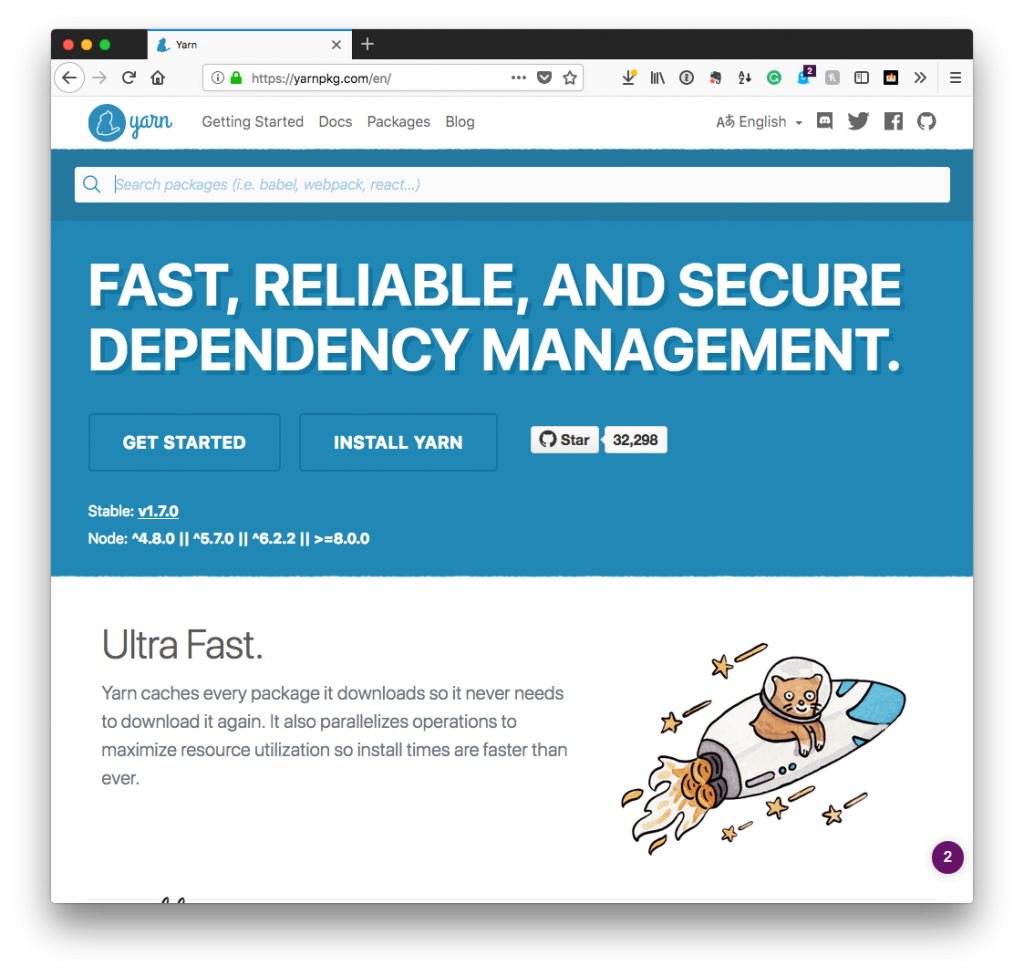Regardless of the library, framework, or code with which you work, you’re likely going to encounter the concept of a boilerplate at some point.
There are a handful of them for WordPress, right 🙃?
But it seems to be an increasingly popular trend that people are creating more and more boilerplates, which isn’t inherently a bad thing, but that there may be confusion as to the purpose of a boilerplate.

Photo by NeONBRAND on Unsplash
So, as defined by Wikipedia (which I think offers a great definition):
In computer programming, boilerplate code or boilerplate refers to sections of code that have to be included in many places with little or no alteration. It is often used when referring to languages that are considered verbose, i.e. the programmer must write a lot of code to do minimal jobs.
But notice there’s a phrase that should not be missed. Specifically:
…that have to be included in many places with little or no alteration.
And in some observations I’ve seen within the WordPress economy, at least, boilerplates seem to require that code be removed, modified, or stripped away rather than simply included or added.
That’s what I hope to clarify.




